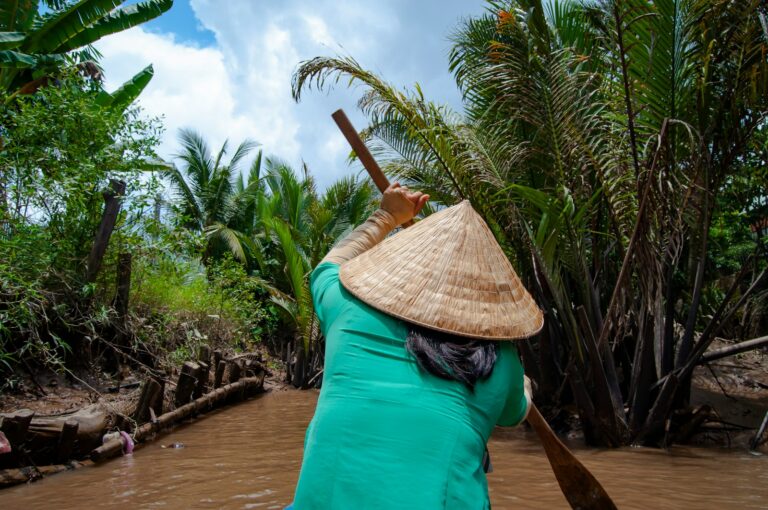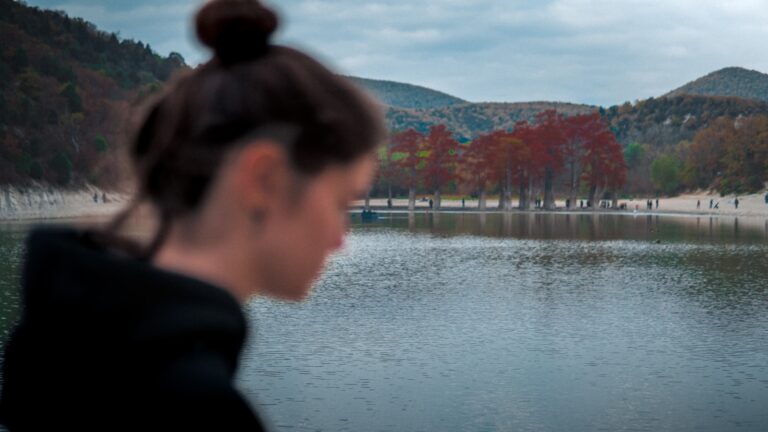Huế’s Western Street: A Journey Through Time, Taste, and Quiet Wonder
There’s a place in central Vietnam where time seems to flow like the Perfume River nearby – gently, with calm certainty. It’s not loud or flashy. It doesn’t try too hard to impress. But it lingers in your memory, like the delicate notes of a folk song carried on the evening breeze. This place is Phạm Ngũ Lão Street in Huế – often called Western Street – and for travelers searching for something more soulful than the average tourist path, this is where the story begins.
Unlike the bustling backpacker streets of Saigon or the lantern-draped alleys of Hội An, Western Street in Huế offers something quieter, something that breathes. It’s a narrow street nestled along the south bank of the Perfume River. Locals can’t pinpoint exactly when it became a center of gentle tourism, but over time, this little stretch has grown into a soft-spoken hub where travelers sip strong coffee, listen to music, and absorb the city’s imperial past without the rush.
On first arrival, the street doesn’t shout for attention. It greets you slowly – with faded colonial facades, a few cracked sidewalks, the occasional cyclos rolling by. Old garden houses sit quietly next to newer tube houses, narrow and upright. Walk a bit, and you’ll find signs of change. The buildings may have grown taller, but the rhythm of life remains surprisingly relaxed.
Mornings here are calm. Shops open slowly, and souvenir stalls offer hand-painted fans, embroidered scarves, and delicate paper flowers. Most tourists only return in the evening, after visiting the grand imperial tombs or the peaceful Thien Mu Pagoda. That’s when Western Street starts to come alive.
At night, the street glows. Neon signs buzz softly above doorways. Lanterns sway. There’s laughter in the air – not loud, just enough to remind you that you’re not alone. Locals and tourists stroll side by side, drifting into cafés or pausing to read menus they only half understand. Phạm Ngũ Lão now stretches further, connecting to streets like Chu Văn An, Võ Thị Sáu, and Lê Lợi – which runs right along the river.
Where Phạm Ngũ Lão meets Lê Lợi, there’s a place that feels like the street’s heartbeat: DMZ Bar. Named after the old Demilitarized Zone of the Vietnam War, it offers drinks, light food, and people-watching from rows of outdoor chairs. Even when Huế’s winter chill drizzles down, you’ll find the seats occupied by couples wrapped in scarves, sharing stories over beers.
Hotels in the area range from budget-friendly guesthouses like the longtime Sports Hotel to mid-range options like the Asia Hotel. Recently, a new ten-story hotel has popped up, replacing what was once a beloved garden café – a quiet reminder that time doesn’t stand still. Even so, Huế has managed to keep its riverfront free from too many high-rises. Walk along Lê Lợi and you’ll still see tall, ancient trees lining the way, their roots clinging to the memories of emperors and poets.
Food in this part of town is not just fuel – it’s a story in itself. Stop by a place like the Octopus Café, once a graceful garden villa now painted in soft pink with bits of mosaic art on the walls. It offers coffee and local dishes like bún bò (beef noodle soup), bánh bèo (steamed rice cakes), and bánh khoái (crispy pancakes filled with shrimp and bean sprouts). The menus are a source of gentle humor. You might find “nam pancake” or “fried pancake” printed next to puzzling pictures, leaving tourists scratching their heads until the dishes arrive – hot, fragrant, and delicious.
There was a time, not long ago, when this street was almost empty. Journalist Bùi Vĩnh Cự remembers the 1980s, when only student couples wandered here in the evenings, holding hands under old trees. The street back then was only about 200 meters long, surrounded by garden houses and silence. But as Huế grew, so did Phạm Ngũ Lão. Hotels sprang up. Cafés replaced home kitchens. Land prices soared, now reaching over 30 million VND per square meter – more than one thousand dollars. And still, Lê Lợi remains one of the city’s most expensive streets, not just because of money, but because of the soul it carries.
Not far from the crowds and cafés, tucked away at number 9 Phạm Ngũ Lão, is a quiet garden house that beats with the heart of Huế’s culture. This is the home of writer Bửu Ý, and every Saturday evening, it becomes a sanctuary for music. Elderly musicians and singers gather to perform ca Huế – the city’s traditional singing style, passed down from generations. There are no tickets, no microphones, no business model. Just music, shared freely with anyone who wants to listen.
Local journalist Nguyễn Thị Hồng Hạnh describes it simply: They play for love, not profit. Visitors are welcome, and if someone wants to learn the songs, the masters will teach. Sometimes, kind neighbors bring rice to support these aging performers, a gesture that speaks volumes about community in this small corner of Vietnam.
That spirit is everywhere on Western Street. It’s in the way hotel owners greet you by name on the second morning. It’s in the woman selling grilled pork skewers who asks if you want the spicy fish sauce again. It’s in the silence between buildings where cicadas sing.
As Huế continues to modernize and tourism numbers rise, Western Street stands as a gentle holdout. It doesn’t resist change with loud protests. It simply offers something deeper. In a world of fast travel and selfie spots, it invites you to slow down, stay a little longer, and listen – to the music, to the river, and to the quiet kindness of people who have seen decades come and go.
You won’t find big malls here or luxury brands. What you’ll find is a place where heritage isn’t just preserved in museums, but in daily life. Where culture doesn’t need a stage to survive. And where visitors, even those from faraway places, can feel like they’ve come home – not to where they’re from, but to somewhere they were always meant to find.
So walk slowly down Phạm Ngũ Lão. Sip your coffee at a small café. Let the songs rise from a hidden garden. And when you leave, take the memory with you – of a street that never rushed to meet the future, but still welcomed it with grace.

Modern changes appear (like a 10-story hotel replacing an old garden café) in Phạm Ngũ Lão (“Western Street”) of Hue, yet cultural gems endure.



